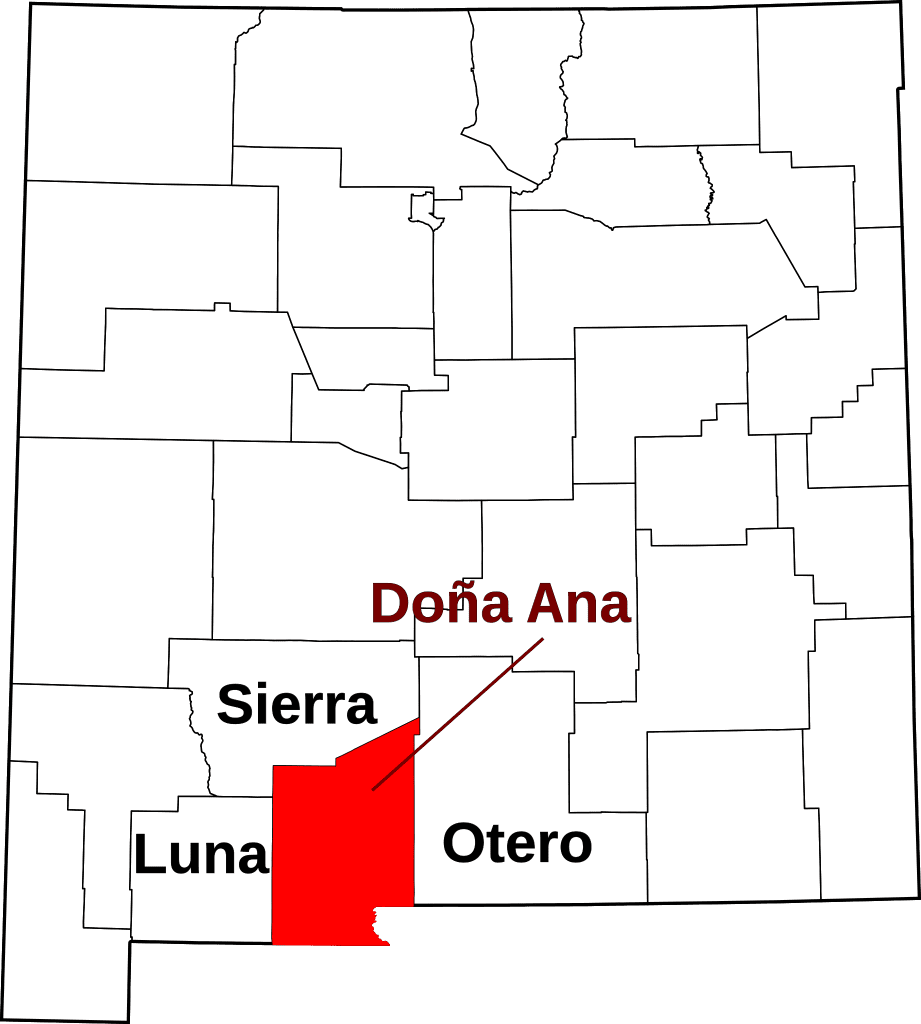- Sample Exceeds Standard: Recent tests by the New Mexico Environment Department show elevated arsenic levels in 1 out of 10 Camino Real Regional Utility Authority water samples.
- Ongoing Violations: This adds to evidence of ongoing violations by Camino Real Regional Utility Authority, which was previously penalized for not meeting federal drinking water standards.
- Further Investigation: The New Mexico Environment Department is investigating the Utility’s management of arsenic treatment systems and use of state funds.
April 1, 2024 — The New Mexico Environment Department (NMED) conducted unannounced testing for arsenic in Camino Real Regional Utility Authority
in Camino Real Regional Utility Authority ‘s (CRRUA) water system. The tests revealed that one sample collected from the Industrial Park area exceeded the federal limit for arsenic in drinking water. This is the latest development in a series of ongoing violations by CRRUA.
‘s (CRRUA) water system. The tests revealed that one sample collected from the Industrial Park area exceeded the federal limit for arsenic in drinking water. This is the latest development in a series of ongoing violations by CRRUA.
According to its website, CRRUA is responsible for managing and maintaining the City of Sunland Park and Santa Teresa’s water and waste water systems. In February 2009, CRRUA was formed with approval from the State of New Mexico Department of Finance and Administration, State Board of Finance, and State and Federal funding agents.
is responsible for managing and maintaining the City of Sunland Park and Santa Teresa’s water and waste water systems. In February 2009, CRRUA was formed with approval from the State of New Mexico Department of Finance and Administration, State Board of Finance, and State and Federal funding agents.


NMED Fines CRRUA, Launches New Investigation.
In March 2024, NMED issued penalties of $251,580 to CRRUA for violations of the Safe Drinking Water Act and New Mexico Drinking Water Regulations. CRRUA has appealed the penalties, but NMED is prepared to defend its position. NMED has also launched a new investigation focused on CRRUA’s management of arsenic treatment systems. The department demands records related to sampling data, internal communications, and financial information. CRRUA has 21 days to comply or face potential sanctions.
Potential Health Risks and Resident Precautions.
Arsenic is a naturally occurring contaminant found in some water supplies. Long-term exposure can lead to various health problems, including skin issues, digestive problems, and even some cancers. Children are particularly susceptible due to their lower body weight.
Residents in areas served by CRRUA can take steps to minimize exposure to arsenic while the issue is resolved. Consumption of the tap water should be minimized, particularly for drinking and cooking. Adults and children can shower and bathe safely, as arsenic absorption through the skin is minimal at low levels. Washing dishes and clothes with low-arsenic water (below 0.5 mg/L) is also generally safe.
The NMED is also collaborating with the New Mexico Department of Justice and the Office of the State Auditor to investigate potential violations of consumer protection laws and misuse of state funds by CRRUA. CRRUA has reportedly received over $13.6 million in state grants and loans for water projects since 2012.
Residents with concerns about arsenic levels in their drinking water can contact the New Mexico Environment Department or visit the US Environmental Protection Agency’s website for more information on arsenic and its health effects.
or visit the US Environmental Protection Agency’s website for more information on arsenic and its health effects.
Image:
Statue of Christ the King along I-10 at Sunland Park, New Mexico . This statue was made by the sculptor Urbici Soler for the congregration of the San Jose del Rio Church at Smeltertown, New Mexico in 1939. NOAA Photo Library.
. This statue was made by the sculptor Urbici Soler for the congregration of the San Jose del Rio Church at Smeltertown, New Mexico in 1939. NOAA Photo Library.


Leave a Reply